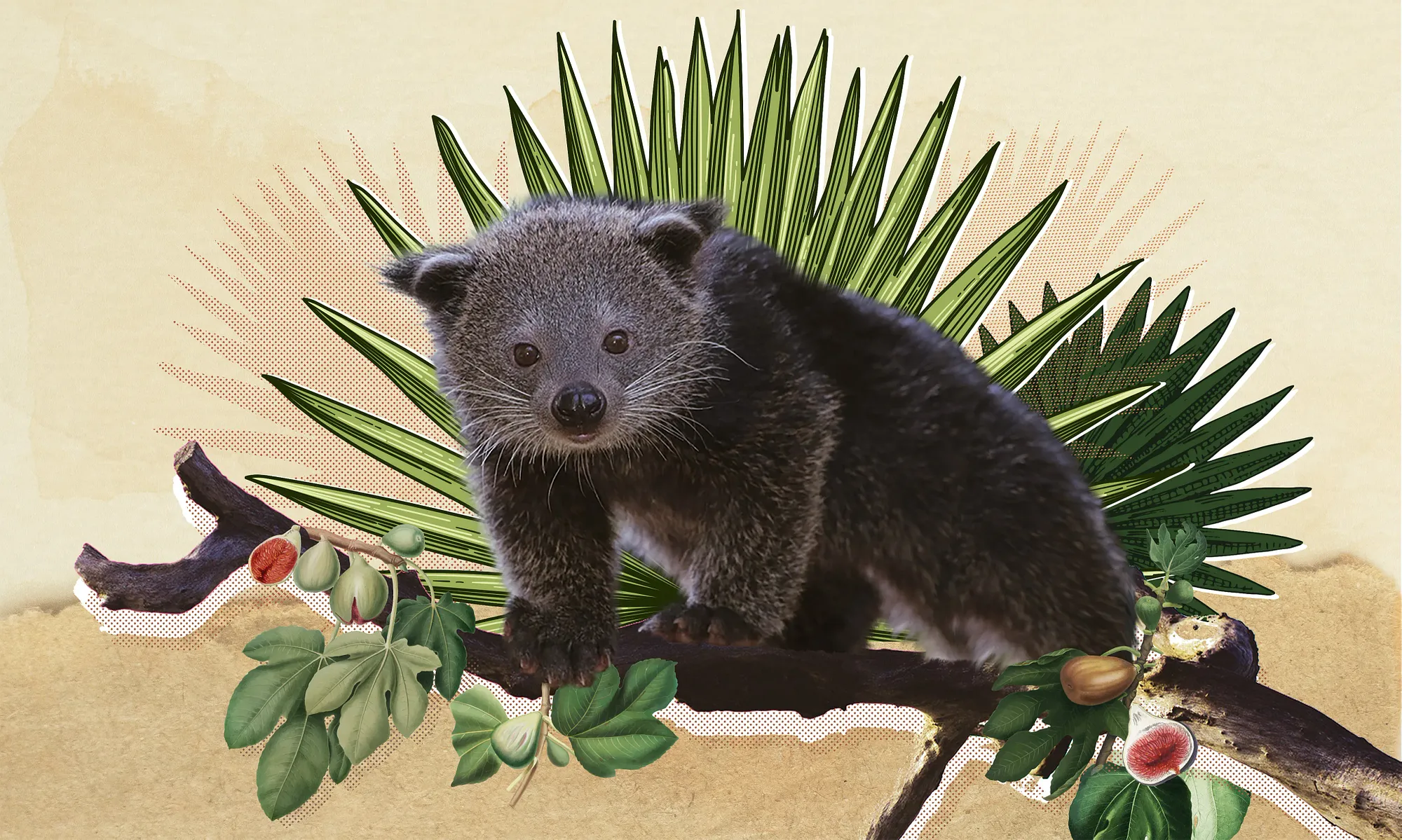Of all the Asian and Southeast Asian countries that use the animal zodiac, only Vietnam has a cat in place of the rabbit. One theory for why is that while Chinese has a word for rabbit, it also has a specific word for Year of the Rabbit: mǎo, which sounds a lot like māo, the Chinese word for cat, which also sounds a lot like the Vietnamese word for cat, mèo.

Perhaps, Vietnamese simply love mèo.
But the change might not have been a linguistic hiccup. Some have theorized that it was a conscious choice to separate Vietnam from its bellicose neighbor, or perhaps it was a move made by an agrarian culture wanting to give credit to the mèo that were so helpful in catching mice, while rabbits did nothing. Or, perhaps, Vietnamese simply love mèo.

But Vietnamese never revered mèo the way ancient Egyptians did: believing them to have divine energy that demanded veneration by wearing gold depictions of them, creating laws that sentenced to death anyone that accidentally killed one, and mummifying mèo once they died. And modern Vietnamese don’t seem to go to the same lengths of love as other nations, such as Japan, where cat cafes are everywhere, they are given honorary positions as train station masters, shops sell myriad foods shaped like them, and of course, the ubiquity that is Hello Kitty.
A popular Vietnamese legend says that mice were once put in charge of the heavenly rice supply, but the greedy vermin ate it all, which prompted the angry gods to exile them to Earth. Unfortunately, on Earth, their gluttony soon caused a famine, so the Heavens sent mèo down to fix matters.
While such a legend might have resulted in them being revered as heavenly creatures and treated like mèo in Egypt, it better explains their traditional role as pest-catchers. For much of Vietnamese history, mèo were seen as little different than a buffalo, hoe, or ax: they were not pets, or members of the family, they were tools with a specific use — to protect harvests.

The Heavens sent mèo down

Such a utilitarian view of mèo led to them becoming a food source during times of famine. Many dishes that help a society through hardship later become important cultural traditions, such as pigs’ feet and kimchi. Mèo, or “little tiger” as it is sometimes called when served, might be no different, particularly in northern Vietnam, where it is now priced well above meat like beef or pork that would have once been more highly valued.
Foreigners often decry Vietnam’s practice of eating dogs and mèo regardless of these origins, and are usually ignorant to how unpopular the practice may actually be. An all-too-common stereotype in the west is that every Vietnamese table has a mèo or dog simmering in a hotpot. When I visit my native America, the question certainly comes up all too often in the form of a joke.
Times may be changing, however. The stereotypical consumer of mèo meat is an old man drinking beer and smoking cigarettes until his eyes are so bloodshot they resemble the crimson surface of Mars. Young people, on the other hand, seem decidedly anti-mèo meat. To that point, one young Hanoian, Nguyễn Xuân Sơn, organized the country’s first cat show in Hanoi last year, claiming that he did it partly to show mèo are “worthy of love.”

The show featured more than 50 different breeds, many of which were meticulously groomed and pampered. Such mollycoddling shouldn’t surprise anyone who has seen the increasing number of pet shops and clinics throughout the country. Not so long ago, buying cat food instead of relying on table scraps, let alone shelling out for costly medical procedures and purchasing expensive toys, clothing and beds, would have seemed absurd. Truly, cats have become important pets, if not outright family members for many today.
Many homeless mèo are well -taken care of
When trying to assess Vietnam’s feelings towards cats, I look somewhere between the overindulgence of designer outfits and food that is fancier than what I eat and those that consider mèo as dinner. Vietnam, like most places on Earth, has a problem with stray cats. And yet, many homeless mèo are well-taken care of by locals who leave out dishes of food and water. Considering the generous efforts of women like Hồng Tuyết Mai, I have even gone so far as to say the stray cats in the zoo have the best lives of any animal in Saigon. There is a homeless man on my walk to work who, despite having few possessions, tattered clothing and nowhere to clean himself, always seems to have food to offer the kittens nearby in an old oil basin. I gave him money once, and the next day his kittens had a feast. If that isn’t love, I don’t know what is.
I wonder, sometimes, if Vietnam were to re-do its zodiac calendar today by polling the population, what the twelve animals would be. Buffalo, tiger and dragon would certainly stay. An animal like a pangolin, turtle or phoenix might replace the rat (who wants to be a rat?). But I am almost positive mèo would remain on the list, and that is all I need to know about the country’s opinion of the animal.


















